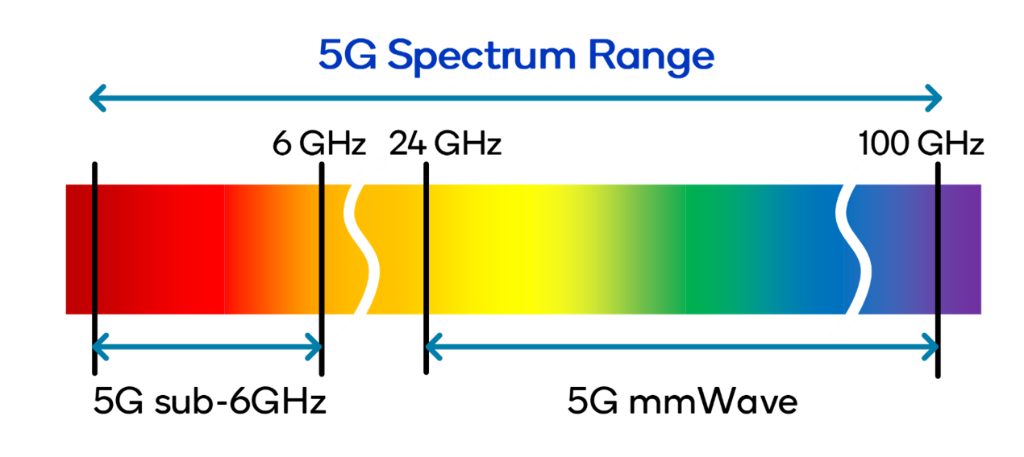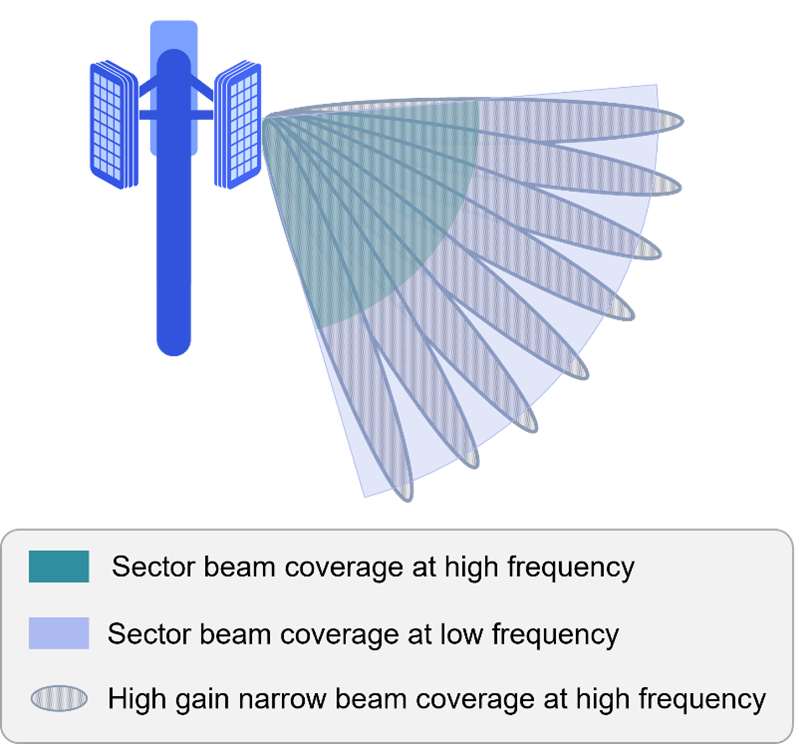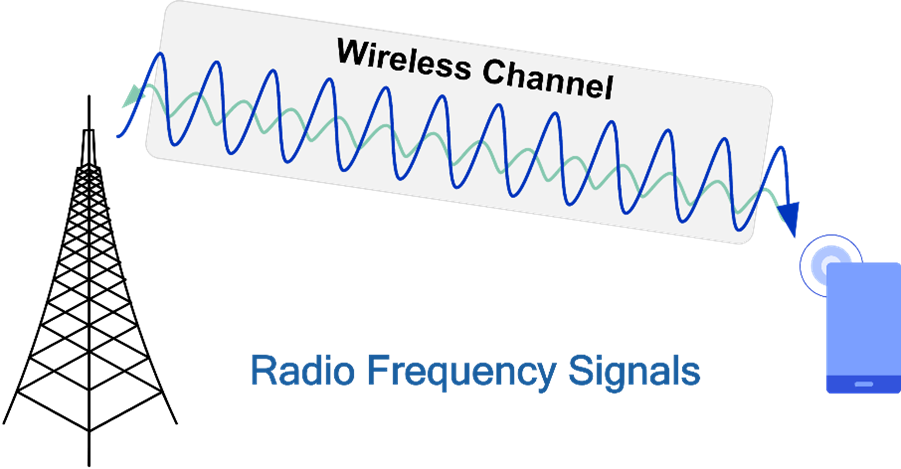5G Frequency – What You Need to Know
Nov 24, 2021
Qualcomm products mentioned within this post are offered by Qualcomm Technologies, Inc. and/or its subsidiaries.
One of the aspects of 5G you’ve probably heard about is its frequency and how it impacts the speed and reliability of your cellular experience. And if you don’t fully understand what “frequency” means in the context of wireless communication, you’re not alone.
In this article, we discuss what “frequency” means, what 5G’s frequency is, and how this aspect of 5G impacts your mobile experience. We then discuss how you can receive 5G training to learn more about 5G technology and how it can be applied to your industry.
What is Mobile Frequency?
Mobile communication relies on the exchange of electromagnetic signals between your phone and a cell tower. These signals are similar in nature to sunlight, except they are invisible. An electromagnetic signal is periodic in nature and has a certain rate of oscillation, known as its frequency. And that makes frequency the basic ‘currency’ of wireless communication: your phone needs to have a certain portion of a frequency band where it can exchange those electromagnetic signals, just like how your car needs certain space on the road to drive.
Wireless communication can utilize a broad array of frequencies, as low as a few kHz to several hundred GHz. A typical mobile phone only utilizes a small range of frequencies at a time, in this case called its “channel.” This is akin to a lane your car has on the road. The breadth of this channel is called “bandwidth.” The higher the bandwidth, the better the performance, just as wider lanes and roads allow for a faster flow of traffic.
Since there are millions of phones and other devices trying to communicate at the same time, the government and network operators regulate the usage of different frequencies.
The wireless channel and radio frequency between a cell tower and a device.
What is 5G’s Frequency?
Under its current design, 5G can primarily operate in three frequency bands: two of them are below 6 GHz (hence the term “Sub-6 5G”), and one of them is in “millimeter-wave” range:
- Under 1 GHz: Some of the channels in frequency bands around 600 MHz, 700 MHz, and 800 MHz are available for 5G. However, the availability of spectrum in such bands tends to be severely limited due to the bands’ popularity among 3G and 4G. The typical channel bandwidth available for 5G in these bands is 10 MHz.
- Around 3.5 GHz: Frequency bands around 3.5 GHz are most popular in Europe and China. Since these bands were not traditionally used by cellular technologies before 5G, relatively broader spectrum is available for 5G in this range. The typical channel bandwidth in this range is 100 MHz, 10 times what’s available under 1 GHz!
- Millimeter-wave (mmWave): mmWave refers to frequency bands around or above 24 GHz, where the wavelength of the 5G electromagnetic signal is on the order of a few millimeters – hence the name “millimeter wave” (also known as “mmWave” or “mmW”). The typical mmWave frequencies used by 5G are around 28 GHz and 39 GHz, and these are the most common bands used in North America. Only a handful of technologies before 5G (such as satellite communication) had the ability to operate in such high frequencies. So, the spectrum available in these bands tends to be the most plentiful: up to 800 MHz, a whopping 80 times what’s available under 1 GHz!

How Does 5G’s Frequency Impact My Mobile Experience?
Frequency of operation is one of the most fundamental factors affecting the performance of any wireless communication system, including 5G. It determines where you can get 5G service and how fast and reliable it is, which ultimately determines what you are able to do with your mobile device.
In general, the lower the operating frequency, the better the network coverage (or the more “bars” your phone has). That’s why network operators offering a low operating frequency tend to claim the best network coverage in their commercials. With this frequency, you can browse the Internet or make calls even if you’re in an elevator or deep inside a shopping mall. However, since such low frequencies tend to be limited in their bandwidth availability, the peak speed you can achieve also tends to be limited, so these low frequencies are not suitable for more intense mobile activities such as streaming HD movies.
Meanwhile, higher frequencies (3.5 GHz or mmWave) tend to offer abundant frequency spectrum, meaning much higher speed and lower latency; in other words, these frequencies offer a better user experience. This makes such frequencies suitable for ultra-high-speed communication such as HD streaming, virtual reality, and more. Although the default network coverage at such high frequencies tends to be smaller than at low frequencies, techniques such as beamforming can be used to compensate for the shortfall.

The above image shows a coverage comparison between low and high-frequency sector-wide transmissions and high-frequency beamformed transmissions.
Receive 5G Training with the Qualcomm Wireless Academy
If you are interested in learning more about 5G frequency and how to optimize 5G technology for your business, please read on to see how the Qualcomm Wireless Academy (QWA) may be able to help you. QWA offers in-depth technical training on a variety of 5G technologies, including those that impact 5G frequency.
The Qualcomm Wireless Academy is the educational and training branch of Qualcomm Technologies, a world leader in 5G technology and wireless innovation. We provide premium training within several areas of the wireless engineering field, including 5G, LTE Advanced, C-V2X, WiFi, and more. We have courses for business professionals, engineers new to the field, and experienced wireless engineers. We also offer a corporate training program for companies looking to optimize their 5G capabilities.
Students and trainees can take many of our courses online through our eLearning program, which offers dozens of online courses for those who prefer a more flexible learning style. For more information or to sign up for a course either as an individual or a company, please reach out to us at qwa@qti.qualcomm.com.

